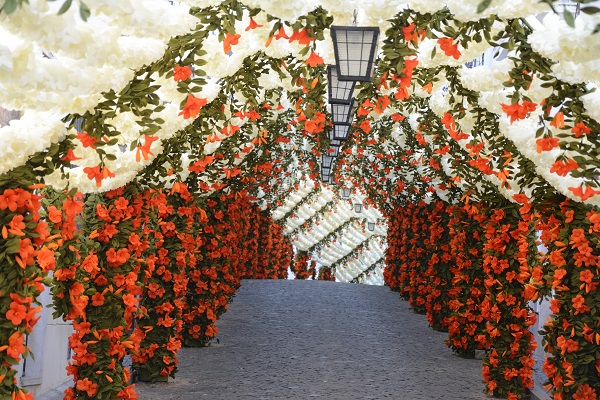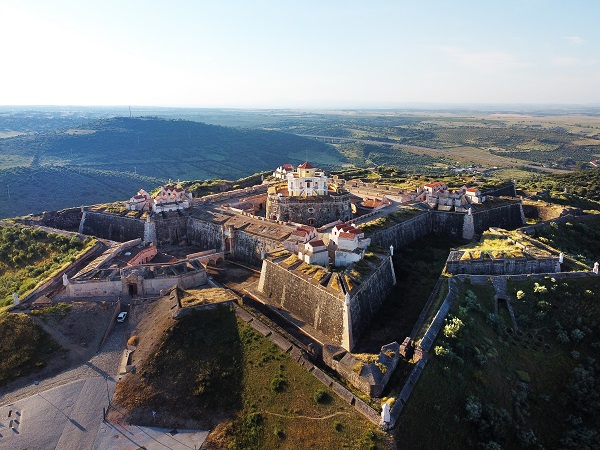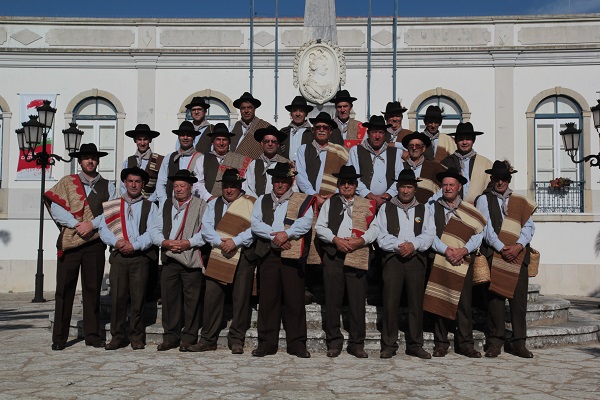The Alentejo is a fascinating region with a rich history that runs through thousands of years. Its landscapes, architectural heritage, culture and monumental legacies are all unique and exceptional. UNESCO has recognized so much of this heritage and awarded special World Heritage status to many places and arts. Now, the Festas do Povo of Campo Maior have joined the list. There are also the World Heritage Estremoz Clay Figures which reflect both the past and dreams of the area, and the Intangible Cultural Heritage of Humanity of the Chocalheira – cow bells unique in all the word, a defining craft of Alcáçovas.
A World Heritage Site is designated by UNESCO for having international cultural, historical, scientific or other form of significance. The things and places are judged to contain "cultural and natural heritage around the world considered to be of outstanding value to humanity.”
A World Heritage Site must be a unique landmark which stands out geographically or historically and has special cultural or physical significance. A World Heritage Site may recognize a significant accomplishment of humanity, and be evidence of the intellectual history on the earth, or it might be a site of intense natural beauty.

The Festas do Povo of Campo Maior are Intangible Heritage of Humanity, UNESCO as of December 2021. These traditional festivities are known for featuring dozens of streets, especially located in the historic center, "Decorated" with thousands of paper flowers, all handmade by the locals. In Campo Maior for months in advance the residents of each street shape the paper decorations, to transform their street into a field of flowers. The festivities in the Alentejo town only take place when the population votes to. In December 2018, the Festas do Povo of Campo Maior, near Portalegre, were included in the National Inventory of Intangible Cultural Heritage. The process related to the application for UNESCO's Intangible Cultural Heritage of Humanity began in 2015.
Évora is a museum-city with so much history that the entire place has been rated as a UNESCO World Heritage site. Its roots predate Roman times, and reached its golden age in the 15th century. Its unique quality is found in the whitewashed houses decorated with azulejos and wrought-iron balconies dating from the 16th to the 18th century. Highlights include a Roman temple, massive cathedral, casas pintadas, 16th-century University and the one of a kind Praça do Giraldo Square.


Elvas is high on a hill and fortified to the teeth. Inside the walls are narrow, cobbled streets and a glorious cathedral set at the top of the bright central square. Spain is a few miles away, and the star-shaped fortifications here date back to the 17th century and are the largest in the world with a perimeter of 10 km. The city, extensively fortified from the 17th to 19th centuries, has the largest bulwarked dry-ditch system in the world. Within its walls, the town contains barracks and other military monuments as well as churches and convents. The castle, forts and majestic 7 km long Amoreira aqueduct are UNESCO World Heritage sites.
Cante Alentejano is two-part singing traditionally performed by farm workers, with distinctive melodies and without any instrumentation. It was used by shepherds to locate their livestock, and creates an unmistakable soundscape in rural areas. Stories so beautiful, they reached the ears (and hearts) of the world, becoming Intangible Cultural Heritage of Humanity. Come listen to Alentejo’s soul.

Intangible Cultural Heritage of Humanity of the Chocalheira – A defining craft of the town of Alcáçovas. The cowbells are handmade from iron, which is cold-hammered and folded on an anvil until it is cup-shaped. Small pieces of copper or tin are set around the iron and enveloped in a mixture of clay and straw. These ancestral bells have an unmistakable sound and a place in the region’s soundscape dating back more than 2,000 years.
Since the 16th century, Estremoz has been noted for its clay figures — depicting various local people as well as traditions of the region. Exquisitely crafted and delicately painted, they are recognized by UNESCO. Figures of Estremoz's evolution is a trip back to the days when diorama nativity scenes were made to share the story of Christ. The non-religious figures emerged to be their own craft, and took on a local story. They were shopkeepers, townspeople, street-sellers, and then symbols, such as "love is blind.” These clay wonders are the product of a weeklong production process: first the bits of the clay figures are assembled and then fired in a kiln.
UNESCO also sees this local cuisine as part of the Mediterranean diet, along with the skills, knowledge and traditions regarding harvesting, animal raising, conservation and cooking. As well as the conviviality, celebration and passing on rural knowledge at mealtimes.
The noble art of falconry is recognized on UNESCO's register of Intangible Cultural Heritage. One of the world's oldest relationships between human and bird, falconry is performed daily at the Royal Falconry at Salvaterra de Magos where the stunning 18th century architecture is as dramatic as the interaction with the birds of prey. Some of the species of birds at the Royal Falconry have flown the skies since the Middle Ages and the spectacle is no less arresting than it was then.



